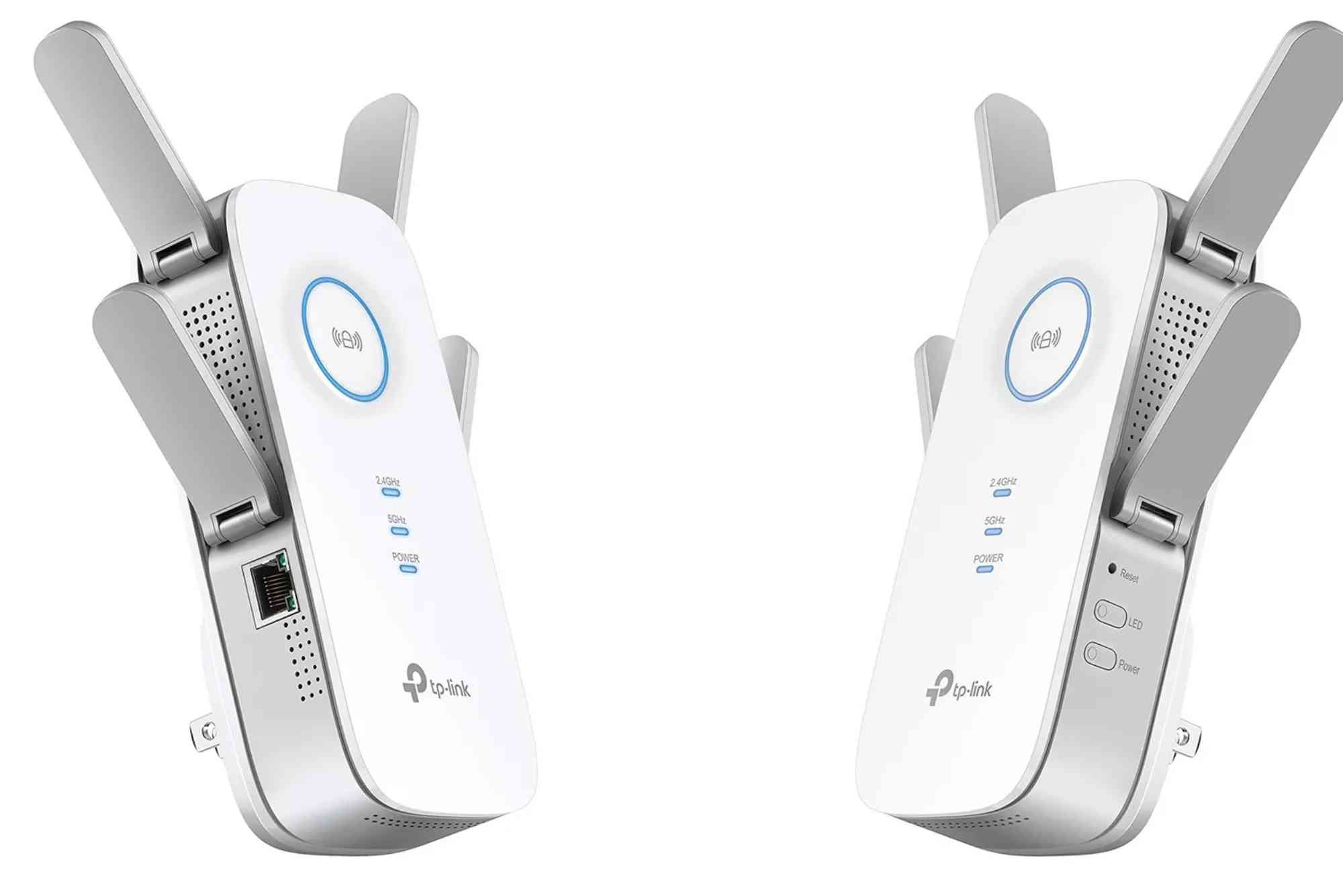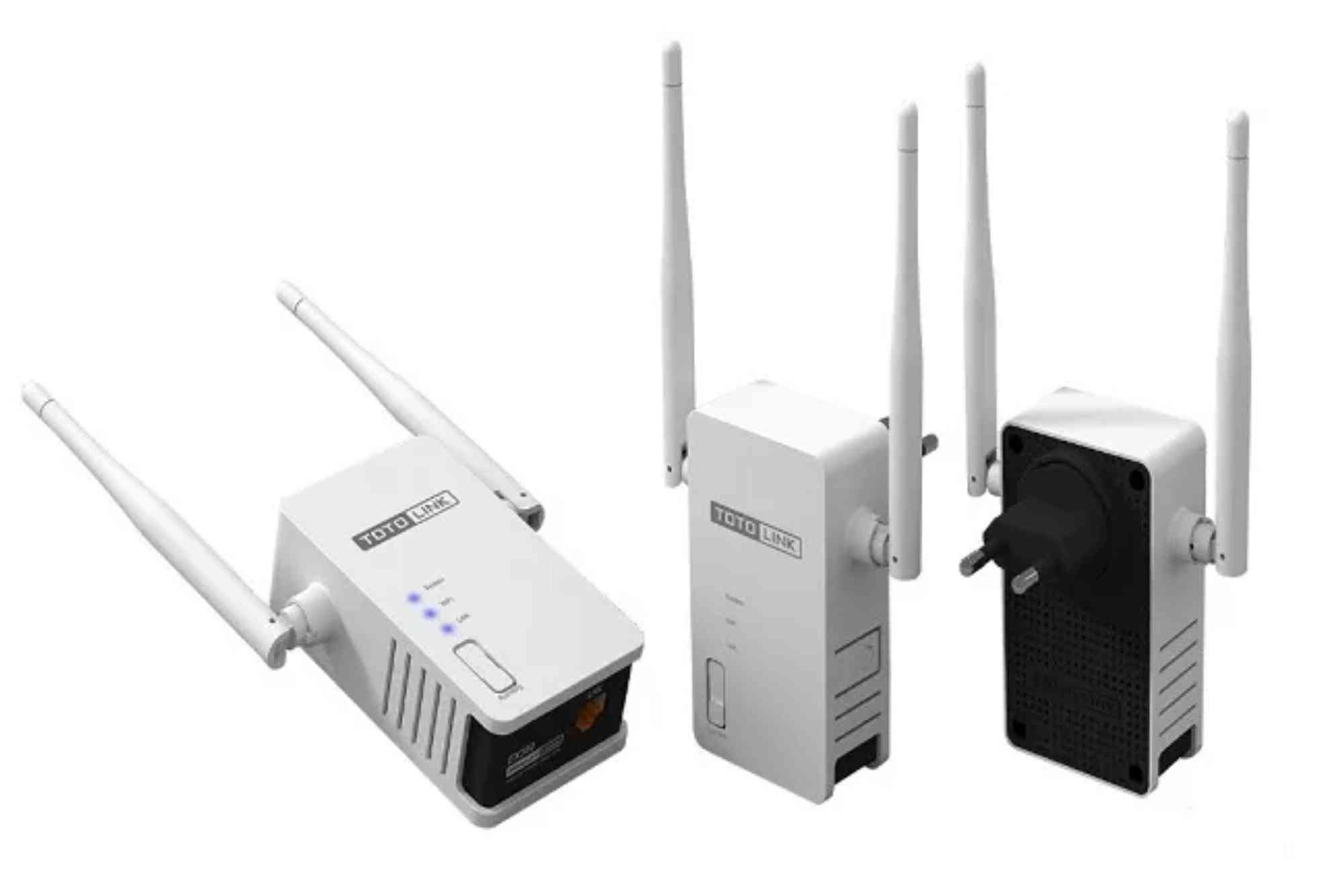In today’s hyperconnected world, internet speed and reliability are more than conveniences—they’re essential. Whether you’re working remotely, streaming in 4K, or managing a smart home, your online experience depends on the quality of your connection. That’s where fiber optic internet comes in. Known for its exceptional speed, stability, and efficiency, fiber has become the gold standard of internet connectivity. In this article, we’ll explore the benefits of fiber optic internet, why it outperforms traditional broadband, and how switching can transform your digital experience.
Understanding Fiber Optic Internet
Fiber optic internet uses light to transmit data through ultra-thin glass fibers. Unlike copper-based DSL or cable connections, which rely on electrical signals, fiber optics move information at the speed of light. This results in a faster, cleaner, and more stable connection—ideal for modern homes and businesses that demand high performance.
The Technology Behind Fiber Optics
At its core, fiber optic technology is all about precision and efficiency. Data is converted into light signals, sent through strands of glass, and decoded at the receiving end almost instantaneously. Because light signals aren’t affected by electromagnetic interference or distance like copper cables, fiber delivers consistently high speeds, even during peak usage times.
Why Speed Matters in Today’s World
We live in a world where a few seconds can make a big difference. Whether uploading a work presentation, gaming online, or joining a video call, delays can be frustrating and costly. Fiber optic internet solves this problem by offering symmetric upload and download speeds, meaning your uploads are just as fast as your downloads.
For remote workers, this is a game-changer. Tasks like video conferencing, cloud backups, and collaborative editing require fast, reliable connectivity. With fiber, these activities become seamless and lag-free.
The Key Benefits of Fiber Optic Internet
Switching to fiber optic internet offers several advantages that go beyond speed. Let’s explore why more households and businesses are making the switch.
Unmatched Speed and Performance
Fiber internet can deliver speeds up to 1 Gbps or higher, making it significantly faster than traditional broadband. This level of performance allows multiple users to stream, game, and work online simultaneously without lag or buffering. For instance, while cable users may experience slowdowns during busy hours, fiber users enjoy consistent high-speed access at all times.
Superior Reliability
One of the most important benefits of fiber optic internet is reliability. Because it transmits data through light rather than electricity, it’s immune to many issues that affect copper cables—such as weather interference, electrical surges, or distance-related signal loss. Whether it’s a rainy day or peak evening traffic, your connection remains stable and strong.
Enhanced Security
Cybersecurity is a growing concern in the digital age. Fiber optic cables offer better data security since it’s extremely difficult to intercept light-based signals without physically cutting the cable. This makes fiber an excellent choice for businesses and individuals who value privacy and data integrity.
Future-Proof Infrastructure
Fiber optic networks are built for the future. As technology advances and data demands increase, fiber can easily handle upgrades without requiring a complete infrastructure overhaul. This means your investment today will continue to deliver value for years to come.
Greater Bandwidth Capacity
With the rising number of connected devices—from smartphones and laptops to smart TVs and IoT gadgets—bandwidth has become a critical factor. Fiber’s high capacity ensures that even during heavy use, your connection won’t slow down. This makes it perfect for households or offices with multiple users.
Boosted Productivity and Efficiency
For businesses, speed and reliability translate directly into productivity. Employees can upload large files, host video meetings, and access cloud-based applications without disruptions. This improved efficiency can lead to better collaboration, faster decision-making, and ultimately, higher profitability.
Comparing Fiber Optic Internet to Other Connections
While DSL and cable internet have served users for years, they simply can’t match the capabilities of fiber optics. Cable networks share bandwidth among users in the same area, causing slowdowns during busy periods. DSL, which relies on older telephone infrastructure, offers limited speeds and performance.
In contrast, fiber optic internet provides dedicated, consistent bandwidth regardless of how many people are online nearby. This makes it ideal for both residential and commercial users seeking dependable performance.
The Environmental Advantage of Fiber
Beyond speed and reliability, fiber optic internet also has environmental benefits. Because it transmits data using light instead of electricity, fiber networks consume less energy compared to traditional copper lines. Lower energy consumption means reduced carbon emissions, making fiber a more sustainable option for a greener future.
How Fiber Internet Enhances Everyday Life
Imagine streaming your favorite show in ultra-high definition without a single pause, or backing up gigabytes of data to the cloud in seconds. With fiber optic internet, these experiences are standard. It’s not just about faster browsing—it’s about enabling a lifestyle where technology works effortlessly in the background, allowing you to focus on what matters most.
For families, fiber supports multiple devices without lag. For gamers, it provides ultra-low latency that ensures every millisecond counts. And for entrepreneurs and professionals, it guarantees the reliability needed to stay connected with clients and teams worldwide.
Why Businesses Are Making the Switch
Businesses across industries are rapidly adopting fiber connectivity for its unmatched stability and scalability. Cloud computing, video conferencing, and large data transfers all require robust internet performance. Fiber networks support these operations without bottlenecks, ensuring smooth workflow and uninterrupted communication.
Switching to fiber also enhances customer service. Businesses can respond faster, access real-time data, and deliver seamless online experiences—all crucial in a competitive marketplace.
Fiber Internet and Orange Theory Mountain View
The demand for high-speed, reliable internet is growing across communities like Mountain View, where innovation and technology thrive. Just as Orange Theory Mountain View promotes physical performance and endurance, fiber optic internet fuels digital performance and consistency. Both are built on principles of efficiency, power, and reliability—making fiber a perfect fit for the connected lifestyle of today’s professionals and families.
How to Get Started with Fiber Internet
Switching to fiber is simpler than most people think. Many service providers, such as Dhanote Internet Services, offer fast installation and flexible plans designed for both homes and businesses. Once installed, you’ll instantly notice smoother streaming, faster downloads, and more stable connections across all your devices.
If you’re considering upgrading, check the availability of fiber in your area and compare packages that best suit your online needs. The benefits of fiber optic internet make it a worthwhile investment for the long term.
Frequently Asked Questions
1. Is fiber optic internet really faster than cable?
Yes. Fiber internet transmits data via light signals, which are much faster and more stable than the electrical signals used in cable connections.
2. Does weather affect fiber optic internet performance?
No. Unlike copper cables, fiber optics are resistant to electromagnetic interference and weather-related disruptions, ensuring reliable service in all conditions.
3. Can I use my existing router with fiber internet?
In many cases, yes. However, to fully enjoy fiber speeds, it’s best to use a router designed for gigabit or higher bandwidth.
4. Is fiber internet available in rural areas?
Fiber availability depends on infrastructure development. Many providers are expanding coverage to reach suburban and rural communities.
5. Why is fiber optic internet more expensive?
While the installation cost can be higher, the long-term benefits—speed, reliability, and lower maintenance—make it a cost-effective choice over time.
The Smart Move to a Faster Future
Switching to fiber optic internet is more than an upgrade—it’s a transformation in how you connect, work, and play. With blazing speeds, unmatched reliability, and future-proof performance, fiber is the foundation for the next generation of digital living. Whether you’re a business owner, remote worker, or a streaming enthusiast, fiber delivers the consistency you deserve.








